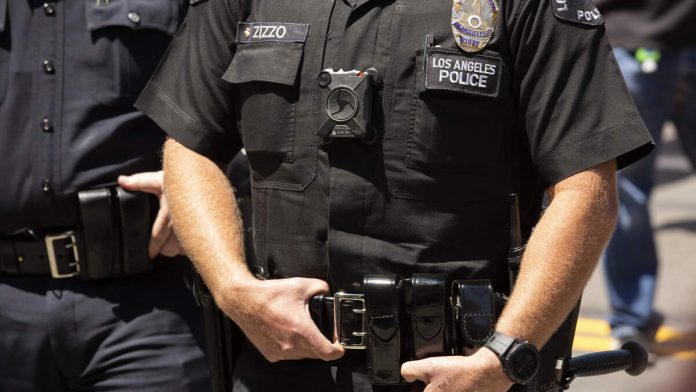California is considering new education requirements for police officers amid ongoing discussions about police reform. In 2020, former Assemblymember Reggie Jones-Sawyer introduced a bill requiring prospective officers aged 18 to 25 to earn a bachelor’s degree before joining the force. This proposal aimed to improve decision-making and reduce force usage by law enforcement. However, the bill was revised due to concerns from law enforcement and labor leaders, ultimately raising the minimum age for officers to 21 and recommending new education standards.
Assemblymember Jacqui Irwin has proposed a new bill requiring incoming officers to obtain a policing certificate, associate degree, or bachelor’s degree by 2031. The bill also establishes a recruitment task force to address the state’s police shortage. Critics, including Jones-Sawyer, argue that the bill’s exceptions, such as allowing prior military or out-of-state law enforcement experience to satisfy education requirements, undermine its original intent. Former Justice Department official Arif Alikhan stated, “It completely obviates the need to have any educational background.”
Despite these concerns, the bill has received support from various law enforcement agencies, including the California Police Chiefs Association and the California State Sheriff’s Association. Los Angeles Sheriff Robert Luna praised the bill’s flexibility, noting that strict education requirements previously led to a significant decline in applicants.
Governor Gavin Newsom signed the Peace Officers Education and Age Conditions for Employment (PEACE) Act, which raised the minimum age for officers to 21 and tasked community colleges with developing a “modern policing” degree program. The PEACE Act aims to reduce police use of deadly force and improve officer training. Community colleges, which already train half of California’s law enforcement officers, will play a crucial role in implementing these changes.
As California continues to address police reform, reliable data on police-civilian interactions will be essential for assessing the impact of these policy changes. The state’s efforts to improve public safety and community relations depend on these ongoing legislative actions.

Recent Comments